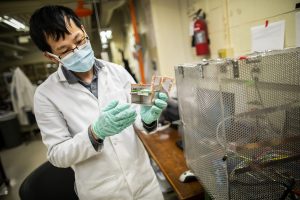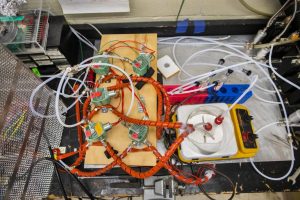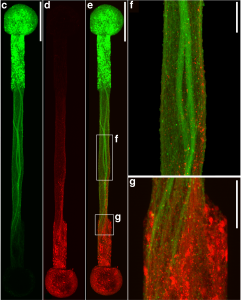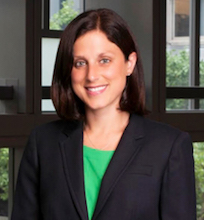We are very pleased to announce that ten current and future graduate students in the Department of Bioengineering have received 2021 National Science Foundation Graduate Research Fellowship Program (NSF GRFP) fellowships. The prestigious NSF GRFP program recognizes and supports outstanding graduate students in NSF-supported fields. Further information about the program can be found on the NSF website. BE is thrilled to congratulate our excellent students on these well-deserved accolades! Continue reading below for a list of 2021 recipients and descriptions of their research.
Current Students:

Puneeth Guruprasad is a Ph.D. student in the lab of Marco Ruella, Assistant Professor of Medicine in the Division of Hematology/Oncology and the Center for Cellular Immunotherapies at the Perelman School of Medicine. His work applies next generation sequencing methods to characterize tumors and study the genetic basis of resistance to cancer immunotherapy, namely chimeric antigen receptor (CAR) T cell therapy.

Gabrielle (Gabby) Ho is a Ph.D. student in the lab of Brian Chow, Associate Professor in Bioengineering. She works on design strategies for engineering near-infrared fluorescent proteins and tools.

Abbas Idris is a Master’s student in the lab of Lukasz Bugaj, Assistant Professor in Bioengineering. His work focuses on using optogenetic tools to develop controllable protein assemblies for the study of cell signaling behaviors.
Incoming Students:
Additionally, seven NSF GRFP honorees from other institutions will be joining our department as Ph.D. students in the fall of 2021. We congratulate them as well and look forward to welcoming them to Penn:
- Ryan Friedman – Riccardo Gottardi lab
- Hannah Geisler – Mike Mitchell lab
- Ann Metzloff – Mike Mitchell lab
- Aoife O’Farrell – Rotations in the Jenny Jiang and Arjun Raj labs
- Hannah Safford – Mike Mitchell lab
- Ajay Thatte – Rotations in the labs of Matt Good, Jenny Jiang, and Mike Mitchell
- Madelynn Whittaker – Rotations in the labs of Kiran Musunuru and Beverly Davidson
Congratulations again to all our current and future graduate students on their amazing research!










